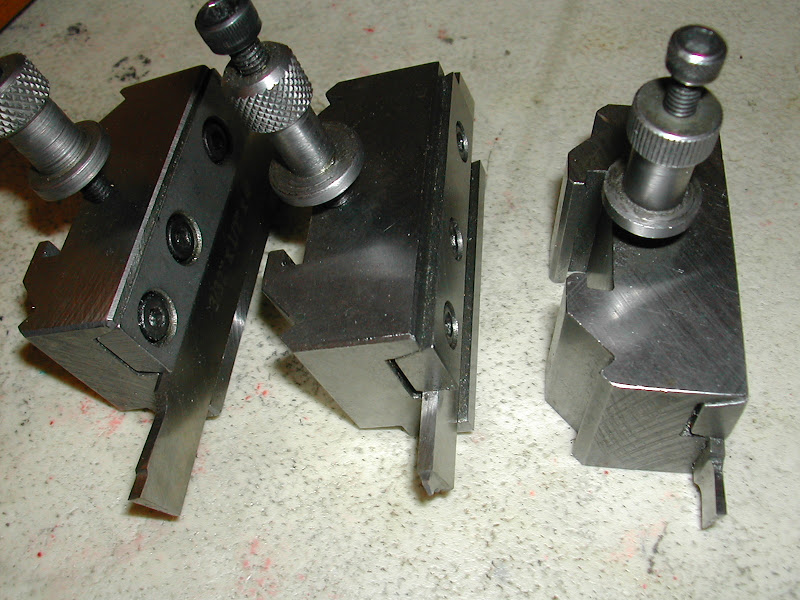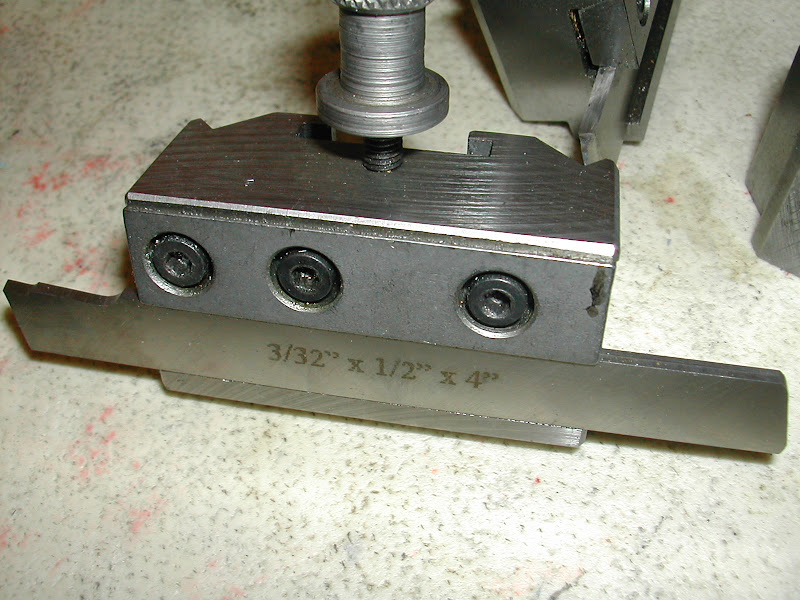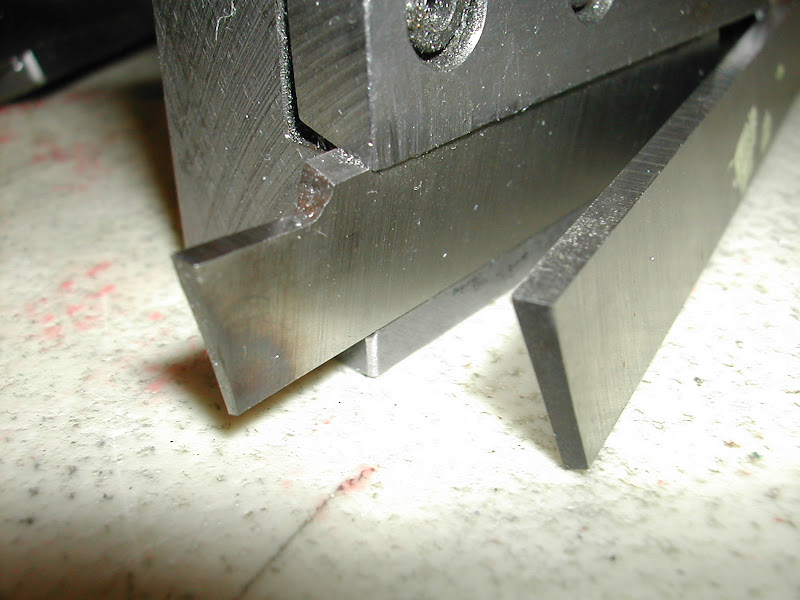As Ramon has shown, there are no such things as 'magic' parting off tools that will do every job.
The longer you are in this game, the more you collect, and you will soon find that you need specific grinds for specific jobs and materials. Just doing one type of grind will only get you through the job you are doing at the time. Parting off say a larger diameter or different material, you will most probably have to regrind the tool to a different shape.
I must have at least a dozen knocking about my shop, all geared to certain types of job and materials, no one is a favourite as such, just a couple are more 'universal' than others, and so tend to get used a little more often.
A good example is just by putting a tiny "chip breaker" groove at the back of the cutting edge can sometimes transform the way a tool will cut certain materials.
There is a lot of experimentation and experience required to get your head around parting off, and getting good results most of the time, so don't worry too much in the early stages of your learning curve. It is only like any other machining regime, where you have to get the 'feel' for the job in hand. Some people struggle all their lives with parting off, whereas most mainstream machinists, it is nothing that needs to be concerned over.
Eventually things will 'click', and all of a sudden, parting won't be such a thing to be feared.
I personally never had any problems with parting, because in my early learning days, I was so naive, I didn't realise that it could be a problem. I just did it to how I thought it should be done.
At times, just too much theory can be pushed at a subject, and so cloud over what is trying to actually be achieved.
Do I do this, or that? Should I have top rake or not? etc etc. Whereas really, you should be looking at your material and diameter, and set the tip up as you would for normal turning, say no top rake if cutting brass etc, and as experienced is gained, you will automatically know how to grind your parting blade to do the job. No more, no less.
Then you only have to get over the fear of plunging in almost as fast as you can go. Once you can do that, you've got it cracked.
Just as a side note, anything over 1/2" diameter, I just part off using my power cross feed, without even thinking about it, and that is not boasting, I'm just trying to let you know that it really is that simple, nothing to worry about at all.
John










